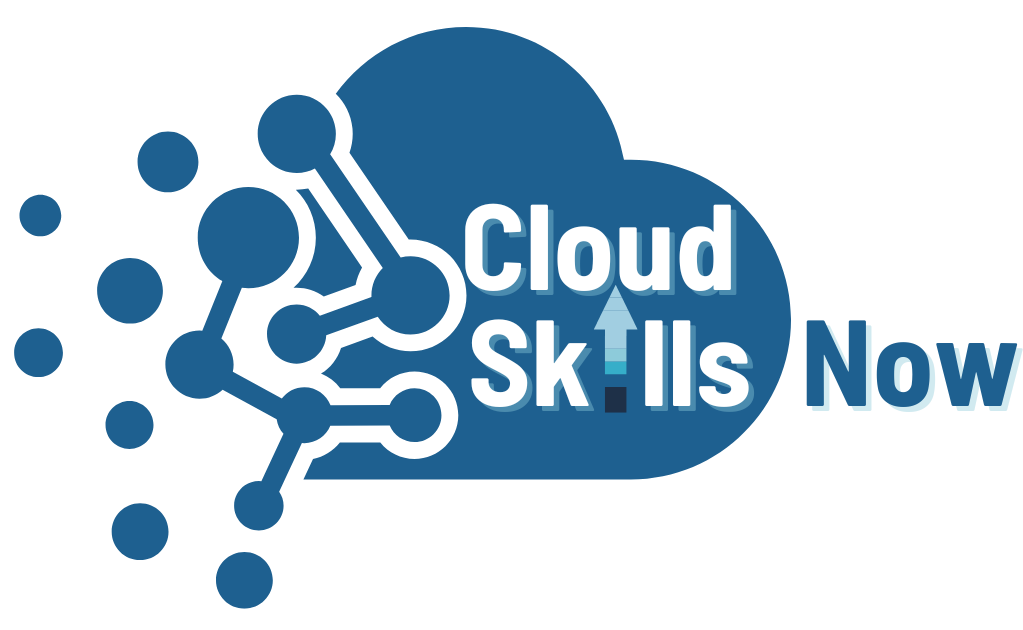VMware vSphere: Install Configure Manage v7.0
- 5 Days Course
- Language: English
Introduction:
Objectives:
By the end of the course, you should be able to meet the following objectives:
– Describe the software-defined data center (SDDC)
– Explain the vSphere components and their function in the infrastructure
– Install and configure VMware ESXi™ hosts
– Deploy and configure VMware vCenter® Server Appliance™
– Use VMware vSphere® Client™ to manage the vCenter Server inventory and the vCenter Server configuration
– Manage, monitor, back up, and protect vCenter Server Appliance
– Create virtual networks with vSphere standard switches
– Describe the storage technologies supported by vSphere
– Configure virtual storage using iSCSI and NFS storage
– Create and manage VMware vSphere® VMFS datastores
– Use the vSphere Client to create virtual machines, templates, clones, and snapshots
– Create a content library and deploy virtual machines from templates in the library
– Manage virtual machine resource use
– Migrate virtual machines with VMware vSphere® vMotion® and VMware vSphere® Storage vMotion®
– Create and manage a vSphere cluster that is enabled with VMware vSphere® High Availability and VMware vSphere® Distributed Resource Scheduler™
– Discuss solutions for managing the vSphere life cycle
– Use VMware vSphere® Update Manager™ to apply patches and perform upgrades to ESXi hosts and virtual machines
Course Outline:
1 – COURSE INTRODUCTION
- Introductions and course logistics
- Course objectives
2 – INTRODUCTION TO VSPHERE AND THE SOFTWARE-DEFINED DATA CENTER
- Explain basic virtualization concept
- Describe how vSphere fits into the software-defined data center and the cloud infrastructure
- Explain how vSphere interacts with CPUs, memory, networks, and storage
- Recognize the user interfaces for accessing the vCenter Server system and ESXi hosts
- Use VMware Host Client™ to access and manage ESXi host
3 – VIRTUAL MACHINES
- Create and remove a virtual machine
- Provision a virtual machine with virtual devices
- Identify the files that make up a virtual machine
- Explain the importance of VMware Tools
4 – VCENTER SERVER
- Describe the vCenter Server architecture
- Discuss how ESXi hosts communicate with vCenter Server
- Deploy and configure vCenter Server Appliance
- Use the vSphere Client to manage the vCenter Server inventory
- Add data center, organizational objects, and hosts to vCenter Server
- Use roles and permissions to enable users to access objects in the vCenter Server inventory
- Back up vCenter Server Appliance
- Monitor vCenter Server tasks, events, and appliance health
- Use vCenter Server High Availability to protect a vCenter Server Appliance
5 – CONFIGURING AND MANAGING VIRTUAL NETWORKS
- Create and manage standard switches
- Describe the virtual switch connection types
- Configure virtual switch security, traffic-shaping and load-balancing policies
- Compare vSphere distributed switches and standard switches
6 – CONFIGURING AND MANAGING VIRTUAL STORAGE
- Identify storage protocols and storage device types
- Discuss ESXi hosts using iSCSI, NFS, and Fibre Channel storage
- Create and manage VMFS and NFS datastores
- Explain how multipathing works with iSCSI, NFS, and Fibre Channel storage
- Deploy virtual machines on a VMware vSAN™ datastore
7 – VIRTUAL MACHINE MANAGEMENT
- Use templates and cloning to deploy new virtual machines
- Modify and manage virtual machines
- Create a content library and deploy virtual machines from templates in the library
- Dynamically increase the size of a virtual disk
- Use customization specification files to customize a new virtual machine
- Perform vSphere vMotion and vSphere Storage vMotion migrations
- Create and manage virtual machine snapshots
- Examine the features and functions of VMware vSphere® Replication™
8 – RESOURCE MANAGEMENT AND MONITORING
- Discuss CPU and memory concepts in a virtualized environment
- Describe what overcommitment of a resource means
- Describe methods for optimizing CPU and memory usage
- Use various tools to monitor resource use
- Create and use alarms to report certain conditions or events
9 – VSPHERE CLUSTERS
- Describe options for making a vSphere environment highly available
- Explain the vSphere HA architecture
- Configure and manage a vSphere HA cluster
- Examine the features and functions of VMware vSphere® Fault Tolerance
- Configure a vSphere cluster using ESXi Cluster Quickstart
- Describe the functions of a vSphere DRS cluster
- Create a vSphere DRS cluster
10 – VSPHERE LIFECYCLE MANAGEMENT
- Describe how VMware vSphere® Lifecycle Manager™ works
- Use vSphere Lifecycle Manager to update ESXi hosts in a cluster
Enroll in this course
$4,500.00
